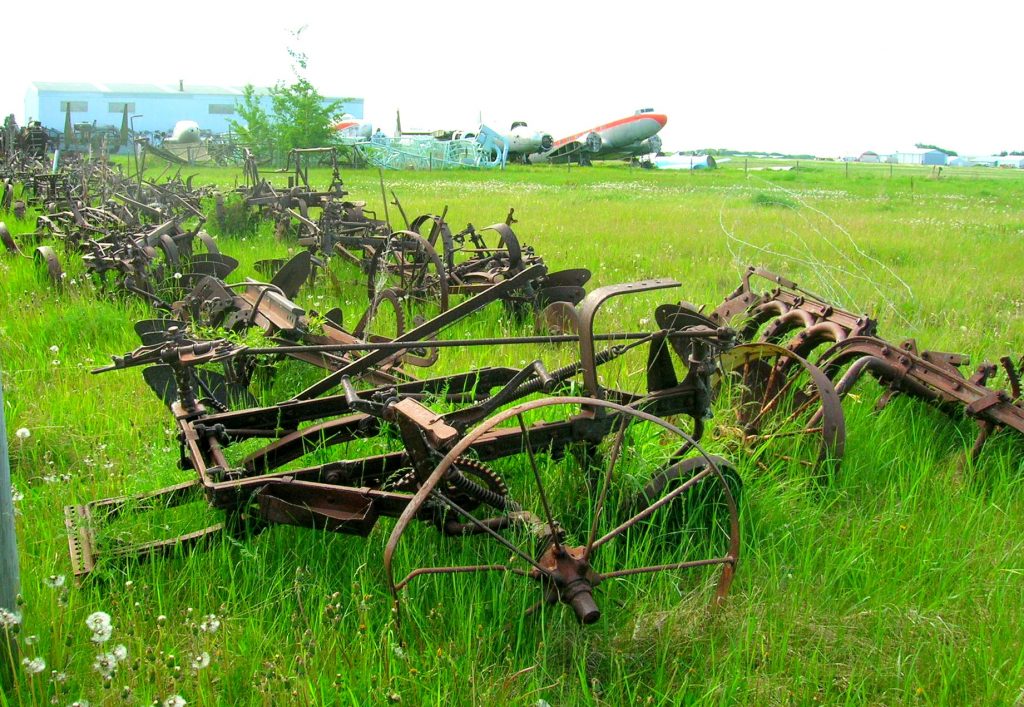I was talking to a woman last evening on the phone. Her health is ‘not what it was’ and she is noticing she is not as quick on her feet. Yet, non the less, she keeps up her meditation practice, has a sangha (community) of like minded people to call on and generally stays buoyant within the ups and downs of medical tests, new and unexplained symptoms and coming to terms with the approach of the end of life.
During the course of our conversation I asked if she had any regrets. There were none that came immediately to mind. Well, except a wish to go to Greenland! Ah well, there is a lot of world out there. Since a child I wanted to climb Mount Everest however having watched a film or three of Everest climbs confirms I DO NOT want to climb that mountain!
Towards the end of life, and not necessarily leaving it that long, it’s good to keep up with regrets one might have. That’s not always about doing something to ‘set things right’, more about recognition and acceptance. Clearing the decks, so to speak. Regrets might for example include an action or something left undone or unsaid. Regrets can find a place within oneself where they can find a safe mooring. Nothing is safe or permanent about moorings – ask a boat owner!
Last thought. Being open to oneself in this way does send a signal to others around you who may have regrets of their own. Ones they would like to deal with. In relationship to you perhaps!
The following is taken from a website called, The Art of Dying Well, a Catholic based site. However you don’t need to be of any particular faith tradition to benefit from taking a look around. The following is about a woman with no faith tradition yet had a love of mountains. She reached up past the known.
Sister Elizabeth (a Catholic nun) a retired palliative care worker, remembers a patient called Olive who was dying of lung cancer. She lived alone, seemed to have no close friends or relatives, and refused to go to hospital. She was an atheist and at first unhappy to be visited by a nun. But Sister Elizabeth discovered that Olive had loved mountain climbing and won her trust by helping her visualise her illness by using the language of mountaineering. When Olive’s bed had to be moved to the ground floor sitting room because she could no longer manage the stairs, the nun called it “base camp” and arranged for one wall to be covered in landscape photographs of mountains.
Late one night, Olive phoned Sister Elizabeth and asked whether she could go into hospital for a couple of days.
“Olive said to me ‘I’m glad I’m going in because I am going to do the most difficult climb of my life but at the top I am going to see the most wonderful sunrise.’ That’s the nearest we got to God but to me that was a totally spiritual saying. She died about three hours later”.
The journey towards death is as much about getting to know yourself as any part of life. Learning to recognise your needs – be they medical, emotional or spiritual – is something that may become more acute when you are closer to death. Being able to identify these needs is another central part of what it means to die well.
The Art of Dying Well
Many thanks to my Sangha friend and walking companion for sending me this link from the Guardian newspaper where the site mentioned above is discussed. Given my love of being up high in the fells and how easy it is to fall off I endevour to keep the decks clear!
.

